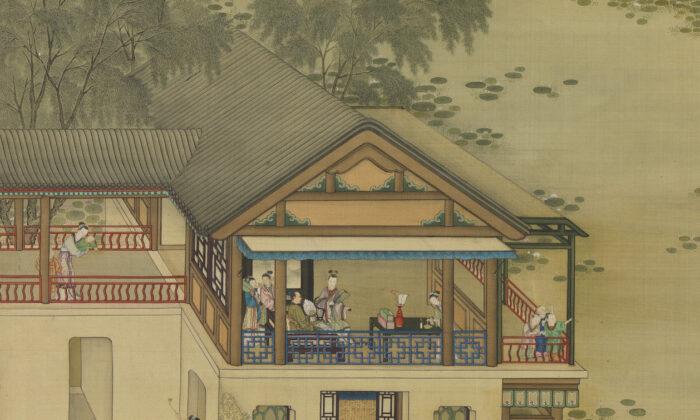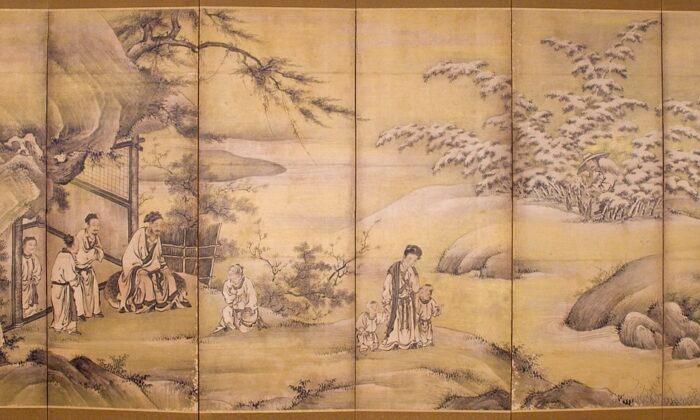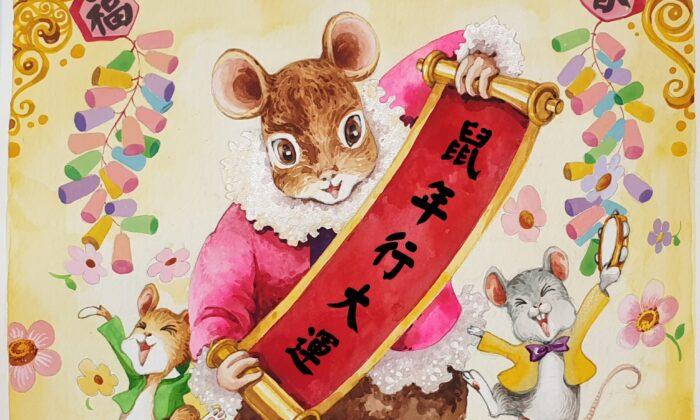The Chinese character 字 (zì) stands for a word or a character.
It is based on the character/radical 子 (zi), which gives 字 (zì) its sound, according to the first comprehensive Chinese etymological dictionary, “Shuo Wen Jie Zie” (說文解字), or “Explaining Simple and Analyzing Compound Characters.”
字 (zì) is formed by placing 子 (zi), the character/radical for child or son, under 宀, the radical for roof, symbolizing a child in a house. 字 (zì) originally referred to the breast, milk, or suckling, based on its definition in “Shuo Wen Jie Zie.”
Examples of terms that contain 字 (zì) include 字典 (zì diǎn), a dictionary; 字句 (zì jù), words and phrases, expressions, or writing; 字音 (zì yīn), the pronunciation or “sound” of a word; and 字體 (zì tǐ), font or typeface, or the “body” of a character.
Handwriting is called 字跡 (zì jì), or the “trace” or “markings” of words.
Letters of the alphabet are called 字母 (zì mǔ), literally “mother of words,” where 母 (mǔ) stands for mother.
Other examples include 文字 (wén zì), writing or written language; 名字 (míng zì), the name of a person or thing; and 數字 (shù zì), numbers, or counting words.
The phrase 字裡行間 (zì lǐ háng jiān) describes a piece of writing in which certain thoughts and feelings are not directly stated but are revealed within the words (字裡, zì lǐ) and between the lines (行間, háng jiān).
惜字如金 (xī zì rú jīn) means to cherish (惜, xī) every word (字, zì) as if (如, rú) it is gold (金, jīn). It advises one to be sparing in the use of words, and very conscious about not wasting pen and ink.
一字之師 (yī zì zhī shī), literally “one-word teacher,” where 師 (shī) stands for teacher, describes a skilled person who transformed an entire piece of writing just by improving or correcting a single word.
The expression 白紙黑字 (bái zhǐ hēi zì) depicts a piece of white (白, bái) paper (紙, zhǐ) on which black (黑, hēi) words (字, zì) are printed or written. It is used to describe undeniable written evidence, where there is no way to deny what one has done.




